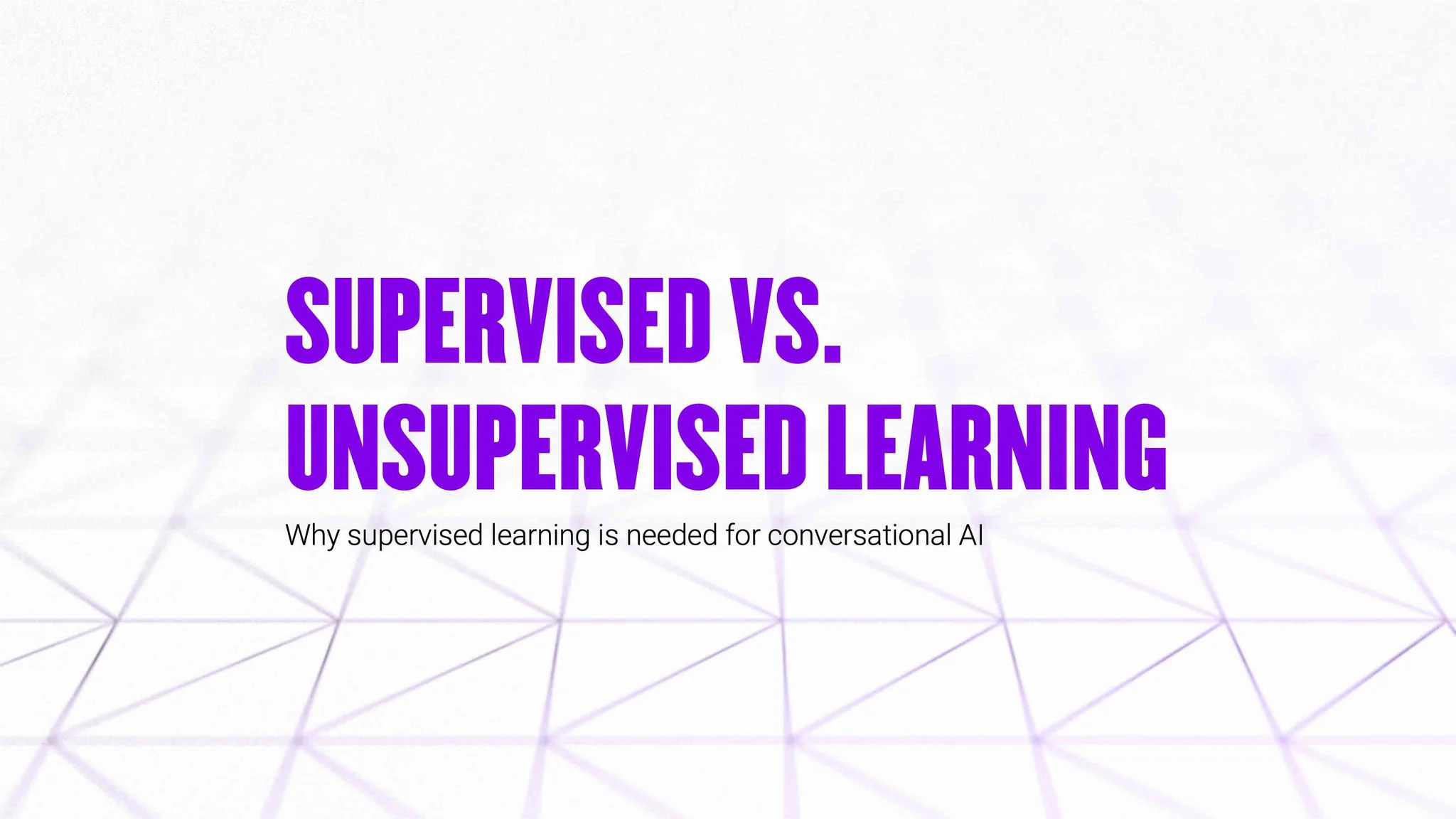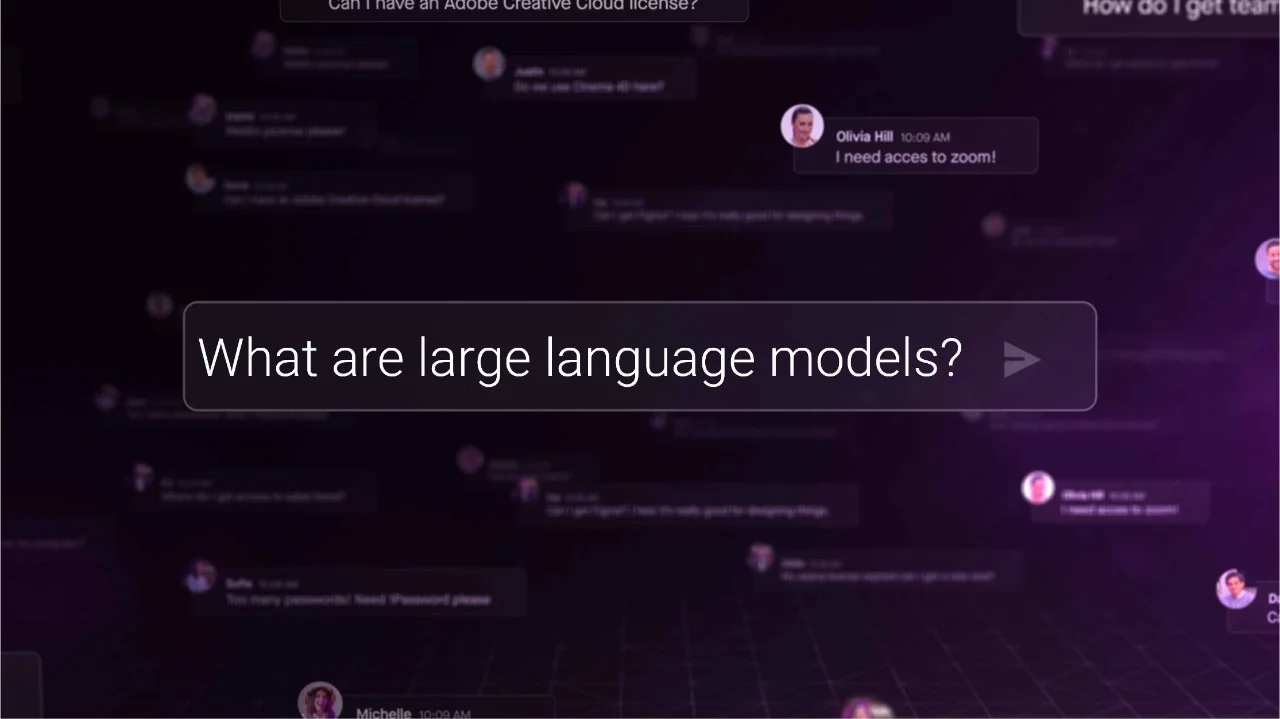- Text 1
How does overfitting work?
Overfitting occurs when a machine learning model becomes too complex relative to the training data it was fitted on. The model essentially memorizes specifics and noise in the training data rather than learning generalizable patterns. While this leads to high performance on the training data, it causes poor accuracy on new, unseen data that differs from the training examples.
For instance, an image classifier model may overfit by overly focusing on background colors, lighting, and other features unique to its training images. When tested on new images with different backgrounds, lighting, etc, the model fails to generalize due to overfitting on non-essential training details. The model has failed to learn the core general features needed to make accurate predictions.
Overfitting tends to happen when models have extensive flexibility and many parameters relative to limited training data diversity and quantity. The model can exploit this flexibility to capture incidental correlations and noise instead of just the core signal. Regularization techniques, bigger training sets, and cross-validation help restrict model complexity and reduce overfitting.
Why is overfitting important?
Overfitting presents a fundamental challenge in applying machine learning successfully. While overfit models achieve high accuracy on training data, their real-world performance degrades severely due to inability to generalize beyond narrow training specifics.
Overfitting leads to wasted resources developing tailored but unreliable models. It also inflates training metrics, masking problems that only surface later. Detecting and avoiding overfitting through techniques like regularization and cross-validation is thus essential for creating models capable of robust performance on real data.
Why does overfitting matter for companies?
For companies utilizing machine learning, overfitting undermines return on investment in ML through degraded model performance in production systems. Models that overfit may appear promising in training but fail to deliver business value. The costs spent developing, testing, and deploying these unreliable models are wasted when they cannot perform accurately in practice. Overfitting also slows experimentation cycles needed to iterate models.
Overfitting prevents unlocking the full benefits of machine learning. Companies should implement strategies like regularization, bigger training sets, and cross-validation to minimize overfitting. This ensures developed models provide robust capabilities instead of just theoretical potential seen during training.


